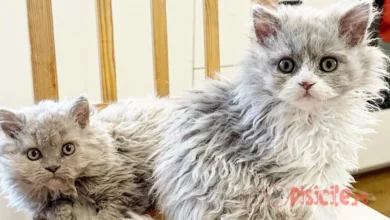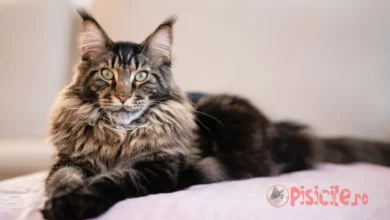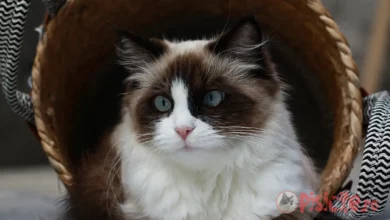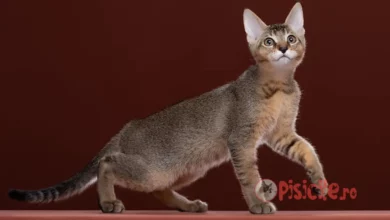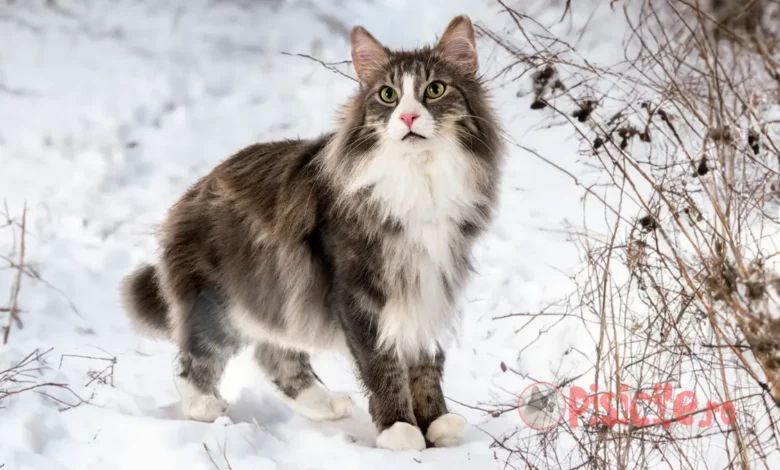
The cat Norvegiana de pndure (Norwegian forest cat) It is one of the most impressive breeds of cats, noting by its wild appearance and gentle personality. This large breed combines a sturdy body, strong muscles and dense fur, with an extraordinary condition towards humans. As big as it is, it is loving, being a perfect cat for those looking for a loyal companion, but also a royal presence.
Subject
Top 5 Features of Forest Norwegian
- Large -waisted cat with a sturdy and elegant body.
- Semi-long or long fur, ideal for cold climates.
- Loving and sociable threads - is well understood with the masters, children and strangers.
- Intelligent and easy to train.
- Natural breed, without many hereditary health problems.
The origins of the Norwegian forest breed
As its name suggests to us, this cat has its origins in Norway, where it is known as "Norwegian forest cat". It is a natural race, formed by natural selection, without human intervention. The first documentaries about the Norwegian forest dates back to the 1930s, and its official debut in feline exhibitions took place in 1938. The export of the race outside Scandinavia began only in the 1970s.
It is believed that the first Norwegian forest breed cat appeared by crossing the short fur cats from the UK, long fur in the Middle East and wild cats in Norway. These natural crossings created a perfectly adapted cat to the harsh winters in northern Europe.
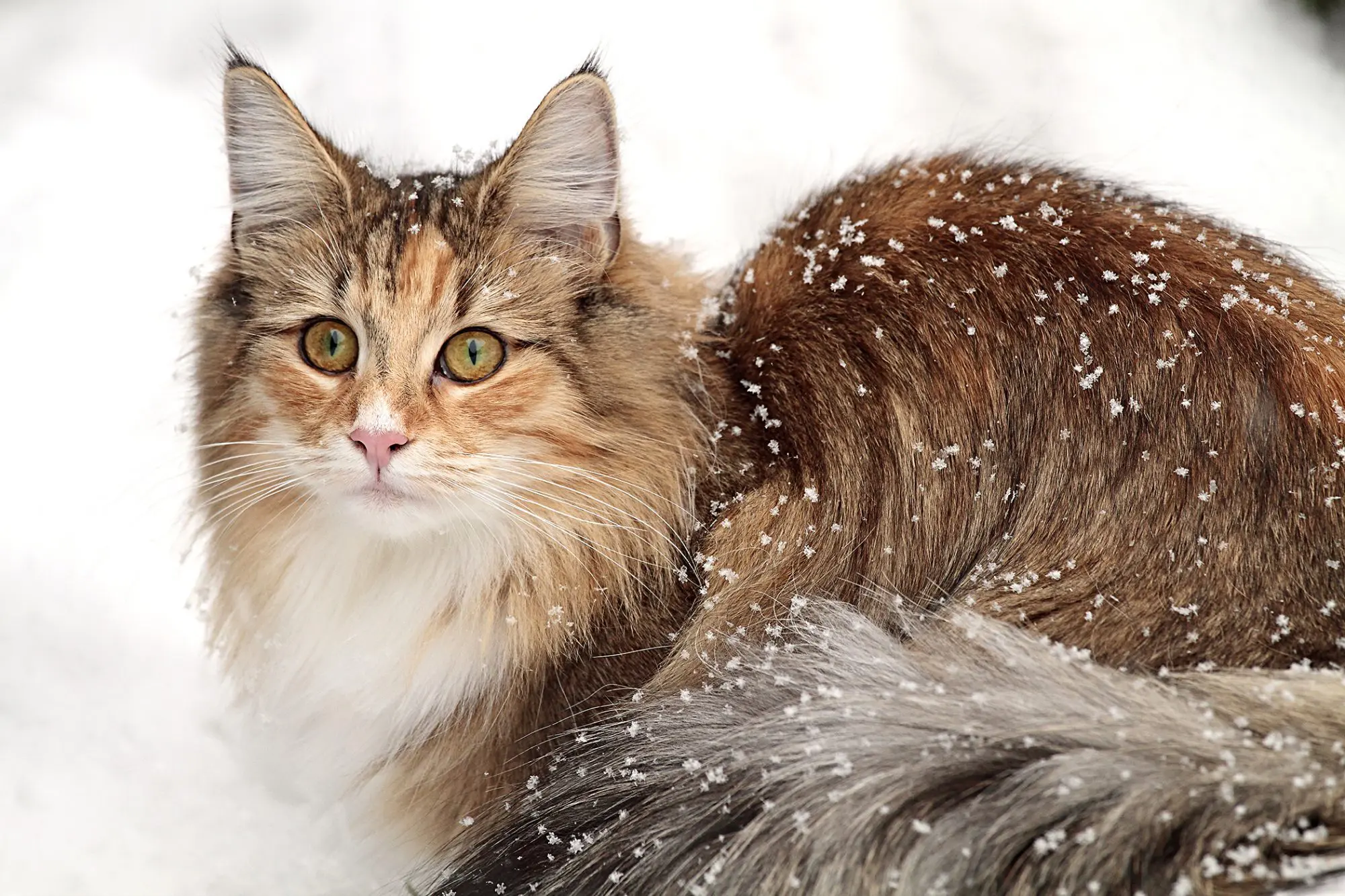
Physical appearance and life expectancy of the Norwegian forest breed
Norwegian forest is a breed of imposing cats, with a long-long semi-lung fur, which combines elegance with adaptability. The same as the cats of the Maine Coon races and Ragdoll, their fur is made up of two distinct layers: a waterproof outer layer, with long and resistant threads, and a dense substrate, which offers excellent insulation. The fluffy collar around the neck is particularly impressive, adding a royal air to their appearance.
Being a large, Norwegian forest cat reaches maturity around the age of 4, when the male can reach the weight of 9 kg, and the female 7 kg. The average weight of cats in this breed is around 4-7 kg.
Like the Siberian cat, the Norwegians of the forest have a seasonal adaptation, changing their fur according to the season. In winter, their fur becomes very fluffy and thick, protecting them from the extreme cold in the Nordic countries. In the summer, the cat loses a significant part of the fur, but it retains its bushy tail and "snow shoes" - the hair between the pillows.
As for the color, this breed of cats offers an incredible diversity of colors, including combinations with white, tiger, stained, brown, black, blue, amber or turtle. Regardless of the color or pattern combination, a Norwegian forest is always a delight for the eyes.
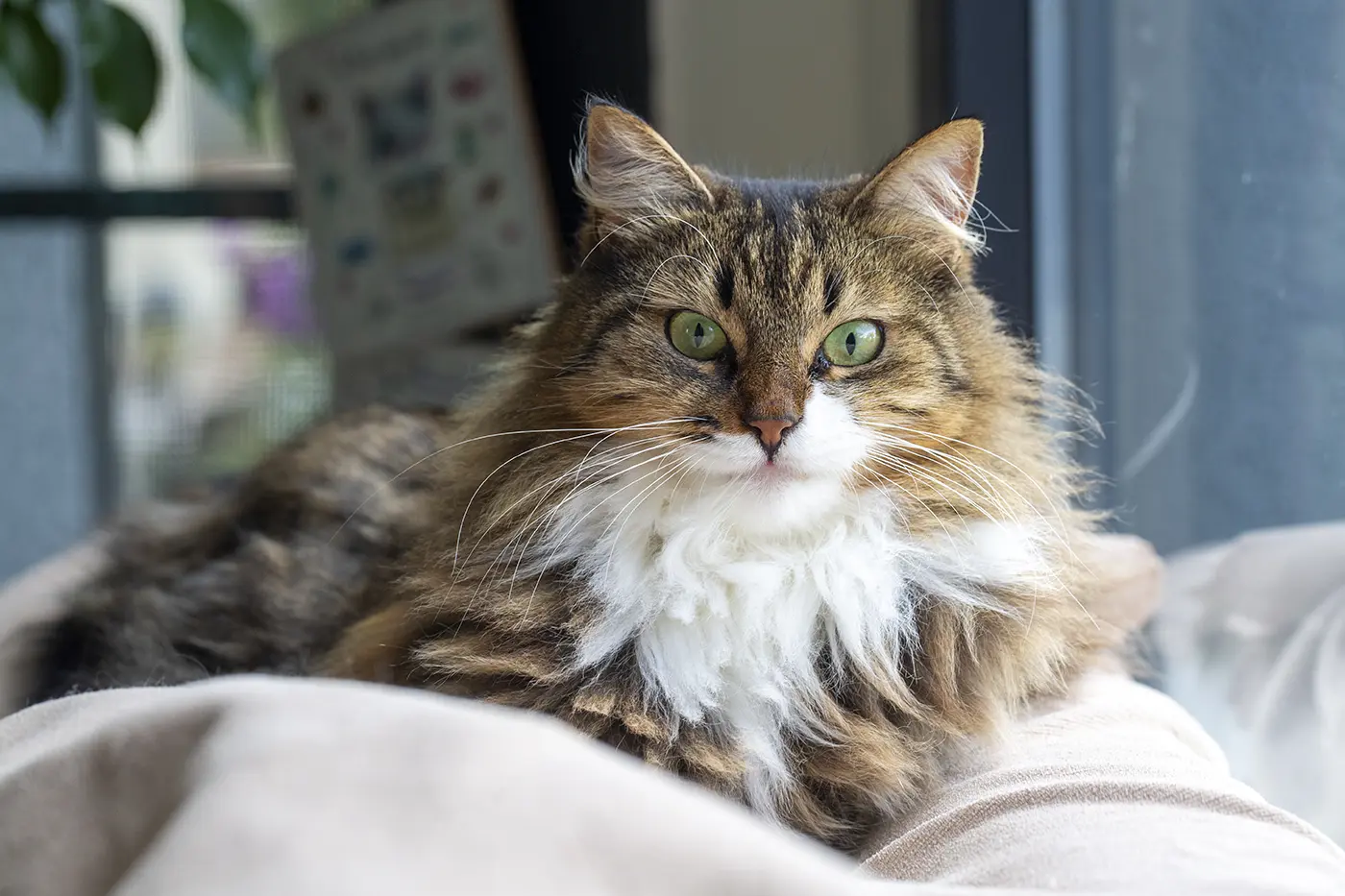
Personality and behavior
Despite its wild appearance, the Norwegian forest is extremely friendly and affectionate. He loves to be around people and is very tolerant of children and other animals. It is a quiet cat, which only when it needs something. He turns loudly, a sign that he feels loved and safe.
It is a playful, curious and very agile cat. She likes to climb, and a play assembly with artificial trees will be her favorite place in the house.
Health and care
As a breed resulting from natural selection, the Norwegian Forest cat is not prone to many hereditary health problems, as is the case with artificial breeds. It is a robust and healthy cat, but owners must take into account the nutritional needs specific to each life stage.
In rare cases, this breed is prone to hypertrophic cardiomyopathy (CMH), glycogen storage disease type IV and pyruvate kinase (PK) deficiency.
In order to maintain an optimal health, it is important that the diet is adapted to each stage of life, and the veterinary controls are performed periodically. Weekly brushing is essential to keep the fur healthy and bright.
As for life expectancy, with proper care, forest Norwegians can live between 13 and 15 years, remaining healthy and energetic throughout their lives. Their fur, although bulky, is easy to maintain with a weekly brushing, and the natural robustness of this breed makes health problems rare.
The cats of the Norwegian forest breed
The chicks are playful and adorable, and the first distinctive characteristics of the breed appear from the first weeks. The tufts of the hair in the ears and between the pillows of the paws are already visible, giving them a unique air. As they grow, the fur is becoming more and more dense, and their friendly personality begins to be more and more obvious.
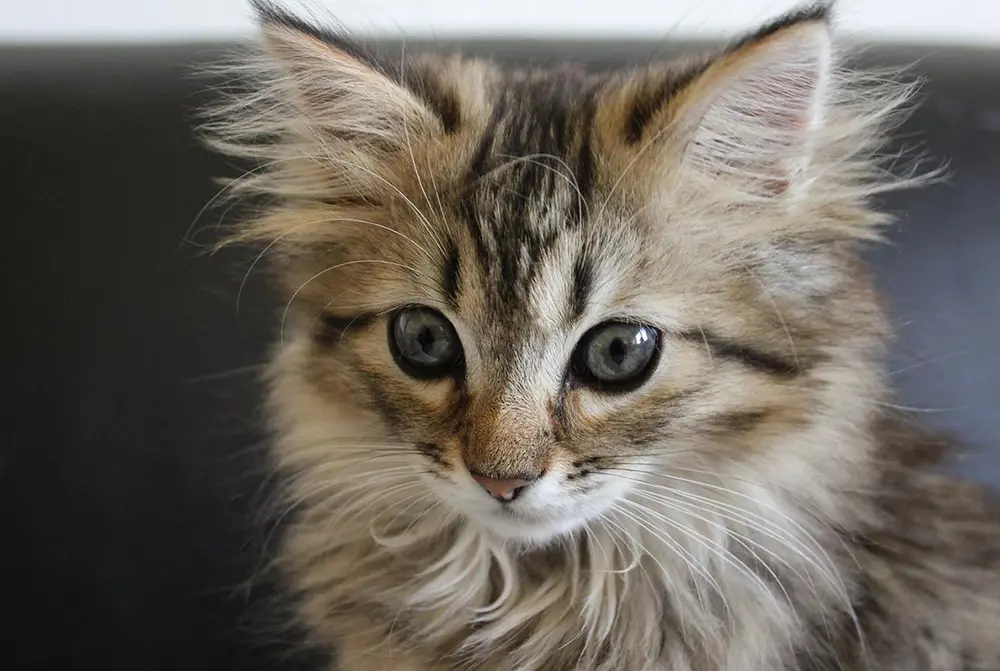
Why choose a cat in the Norwegian forest breed?
First of all, this cat is ideal for those who want a friendly, intelligent and easy to maintain companion (yes, despite the large and long fur, it is an easy -to -maintain cat). Its adaptability to various environments and the ability to socialize with other animals make it a good choice for any family. In addition, its royal appearance and affectionate nature transform it into an irreplaceable family member.
